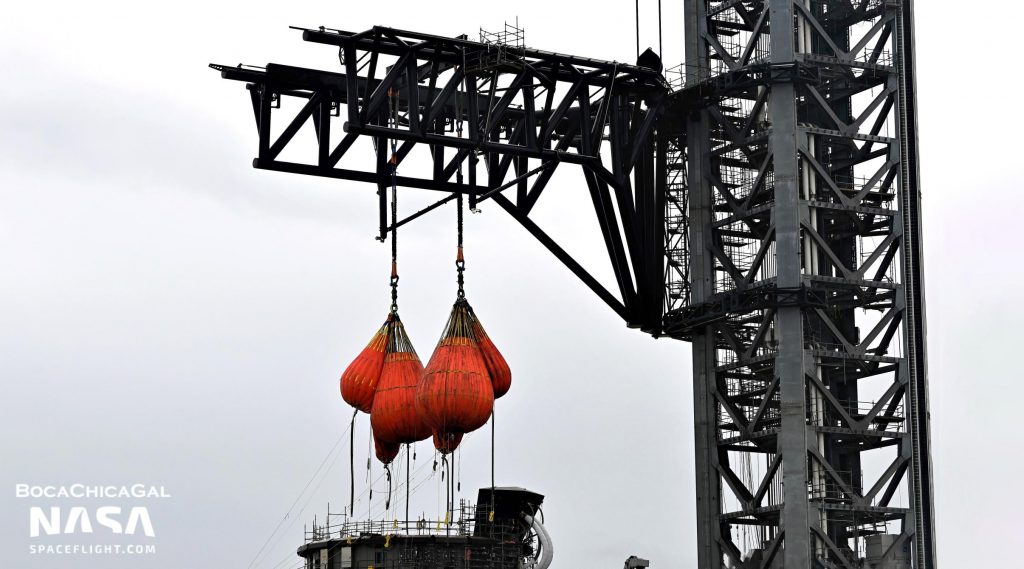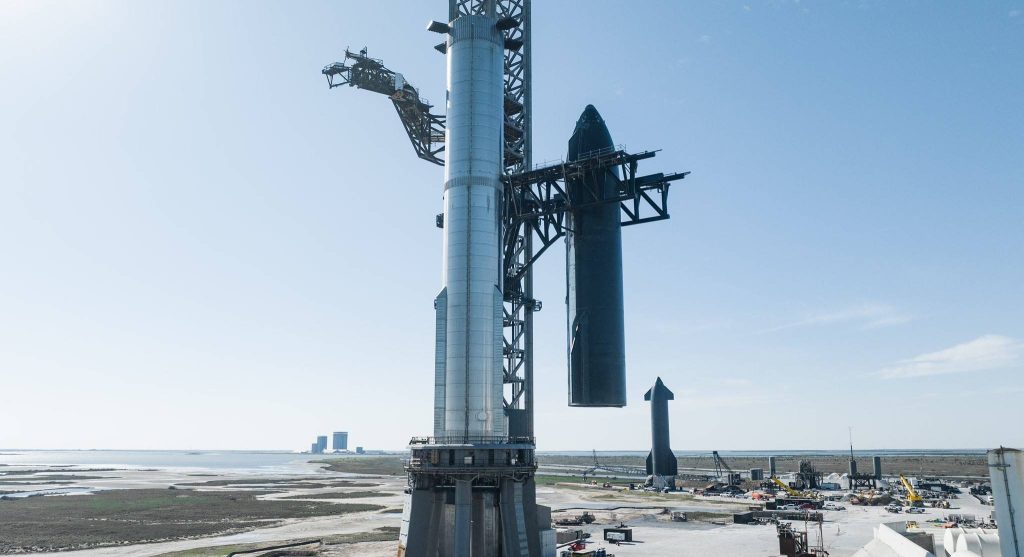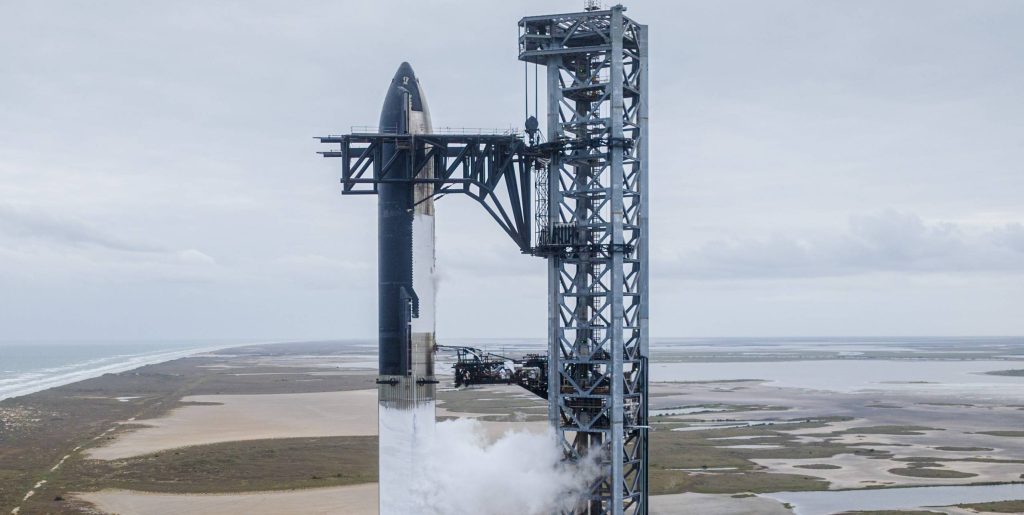- Quick Look at the 2020 Volkswagen Atlas Cross Sport | MotorTrend - March 13, 2024
- BMW Design – 2009 BMW Z4 – 2009 Detroit Auto Show - March 11, 2024
- Top 10 Car Features Women Love - October 7, 2023
SpaceX has installed a pair of rocket-catching arms on a tower meant to support the first East Coast launches of its next-generation Starship rocket.
The company has been building the second of several planned Starship launch sites for more than three years. Ironically, work on that pad began before the company started building the pad that will actually support Starship’s first orbital launch attempts. Located a stone’s throw from the Gulf of Mexico in Boca Chica, Texas, the first iteration of SpaceX’s Starbase orbital launch site (OLS) is nearly complete and could host Starship’s orbital launch debut in a matter of months. SpaceX began constructing Starship’s Texas launch site in earnest in late 2020.
SpaceX broke ground on Starship’s first Florida OLS in late 2019. But the company went on to radically redesign the rocket and its ground systems, forcing it to entirely abandon about a year of work by the end of 2020. In late 2021, SpaceX finally began constructing the second iteration of Starship’s first Florida pad. OLS #2 is still colocated at Kennedy Space Center’s LC-39A pad, which SpaceX leases from NASA. Pad 39A is the only site currently capable of launching SpaceX’s Crew Dragon astronaut spacecraft or Falcon Heavy rocket, which has complicated its plans to use the same pad for Starship.
Because of NASA’s trepidation at the thought of a Starship failure indefinitely delaying SpaceX from completing its Crew Dragon or Falcon Heavy contracts for the agency, the company deprioritized Starship’s Florida pad, slowing progress. SpaceX has, nonetheless, made significant progress. In 13 months, SpaceX has created foundations, modified one of Pad 39A’s giant spherical tanks to store cryogenic methane, installed miles of plumbing, built and assembled a second skyscraper-sized Starship launch tower, installed the legs of the pad’s ‘orbital launch mount’ or OLM, installed a water deluge system at the base of the OLM, assembled most of the OLM’s donut-like mount offsite, constructed a new supersized storage tank, and delivered a forest of smaller storage tanks.
Most recently, SpaceX finished building a giant pair of steel arms, transported the arms to Pad 39A, attached them to a wheeled carriage, and installed the structure on Starship’s Florida launch tower. SpaceX employees have nicknamed the arms “chopsticks,” and those arms are integral to what CEO Elon Musk calls “Mechazilla”. Mechazilla refers to the combined launch tower and arms, which SpaceX has designed to grab, lift, stack, and fuel both stages of Starship.
Mechazilla’s simplest part is a third arm that is vertically fixed in place but capable of swinging left and right. The swing arm contains plumbing and an umbilical device that connects to Starship’s upper stage and supplies propellant, gas, power, and connectivity. The tower’s ‘chopsticks’ are far more complex. Giant hinges connect the pair of arms to a carriage that grabs onto three of the tower’s four legs with a dozen skate-like appendages. Those skates are outfitted with wheels, allowing the carriage to roll up and down tracks built into the tower’s legs.



The carriage, which also carries the complex hydraulic systems that allow its bus-sized arms to move, is connected by steel cable to a heavy-duty “draw works” capable of hoisting the multi-hundred-ton assembly up and down the tower. Once finished, the Florida tower’s arms will be able to precisely lift, maneuver, stack, and de-stack Starship and Super Heavy even in relatively windy conditions. At some point in the future, SpaceX may attempt to use its towers and chopsticks to catch Starships and Super Heavies out of mid-air and speed up reuse.
Set to be the largest, most powerful, and most capable rocket in history, Starship is primarily built out of steel and designed to be fully reusable. SpaceX has a long way to go to demonstrate that the 120-meter-tall (~390 ft) rocket can reach orbit, let alone be reused. In theory, though, Starship is meant to launch up to 150 metric tons (330,000 lb) to low Earth orbit (LEO) while still allowing for the recovery and reuse of its suborbital Super Heavy booster and orbital Starship upper stage.
If SpaceX can achieve those figures, Starship will be the most capable rocket in history even with the major performance penalties that full reusability entails. Saturn V, the most capable rocket ever flown, was fully expendable and could launch up to 118 metric tons (~260,000 lb) into orbit.
Due to NASA’s concerns about the risks that Starship launches from Pad 39A could pose to SpaceX’s Falcon and Dragon operations at the same site, the company’s next-generation rocket may have to wait until 2024 or 2025 for its first Florida launch. With the first Florida Mechazilla now close to completion, it’s likely that Pad 39A’s Starship launch site will be ready and waiting as soon as NASA gives SpaceX the green light.

